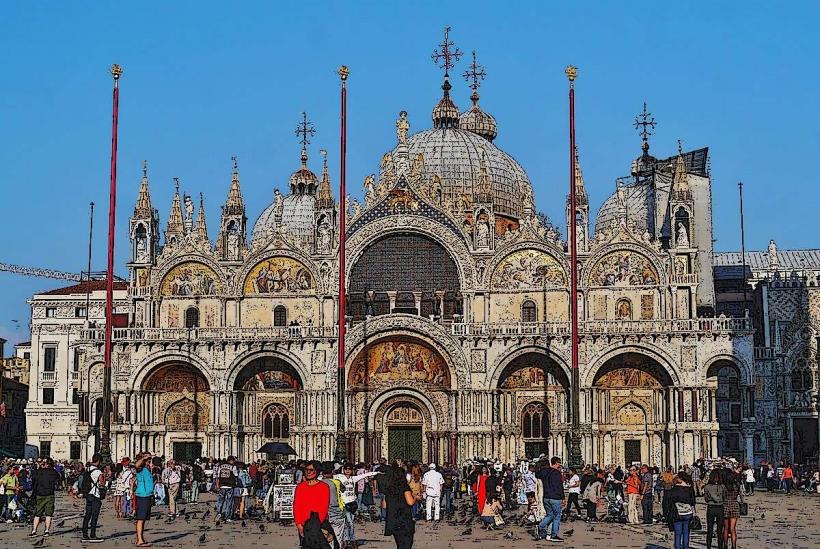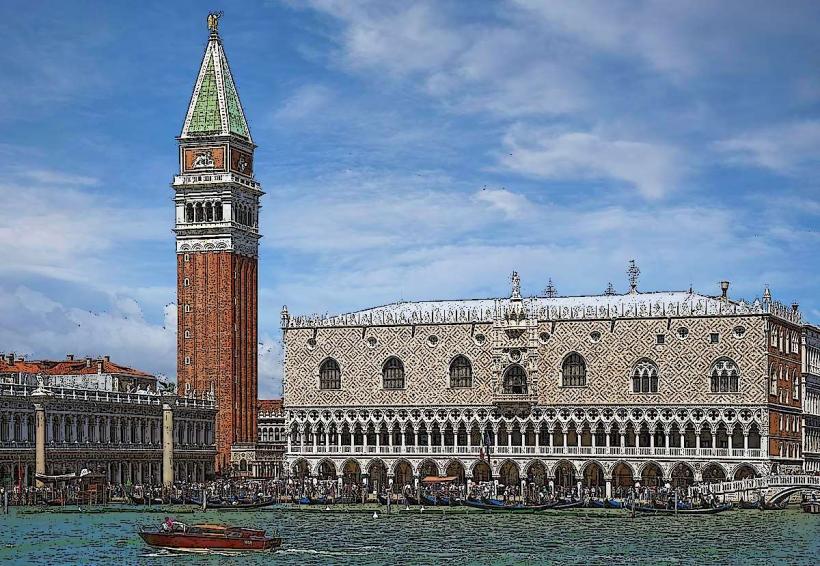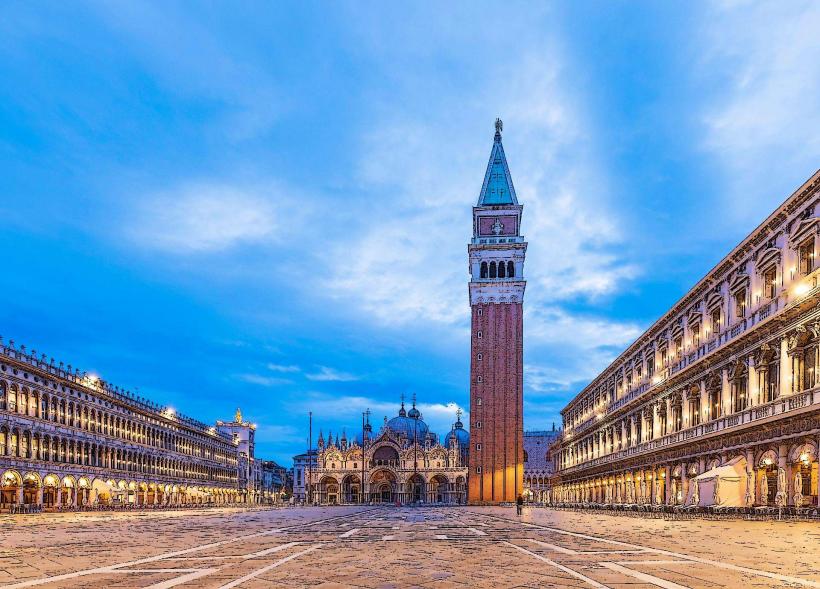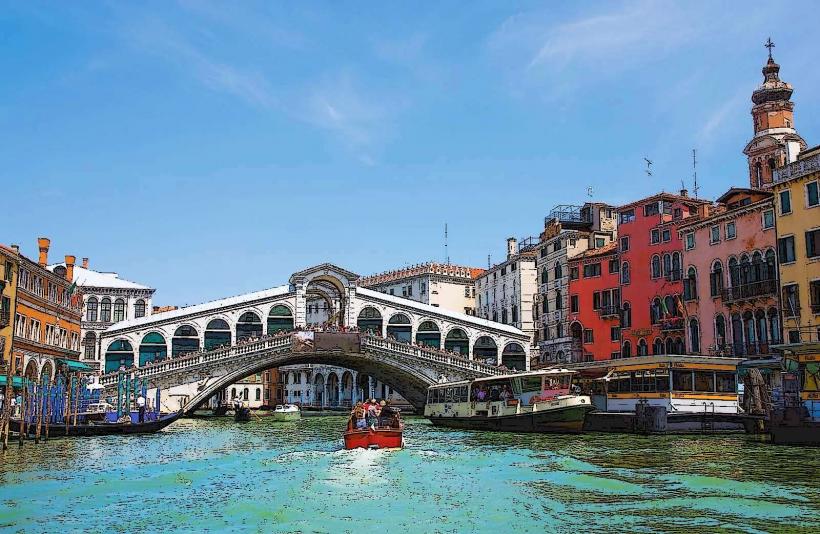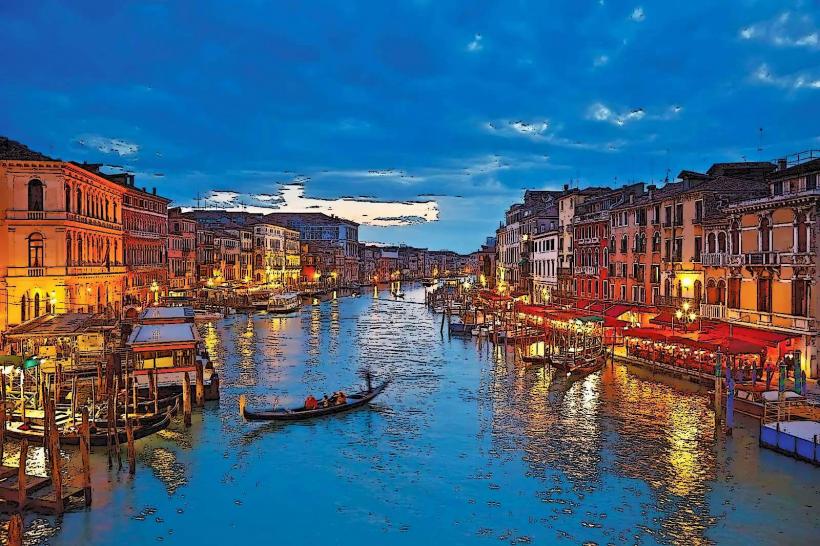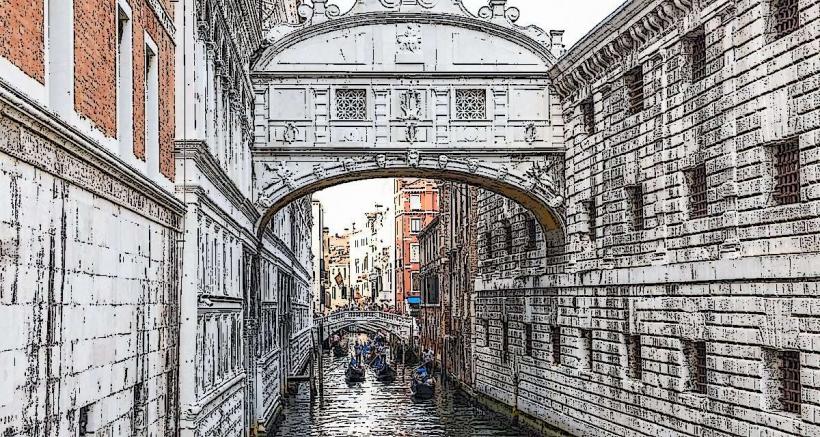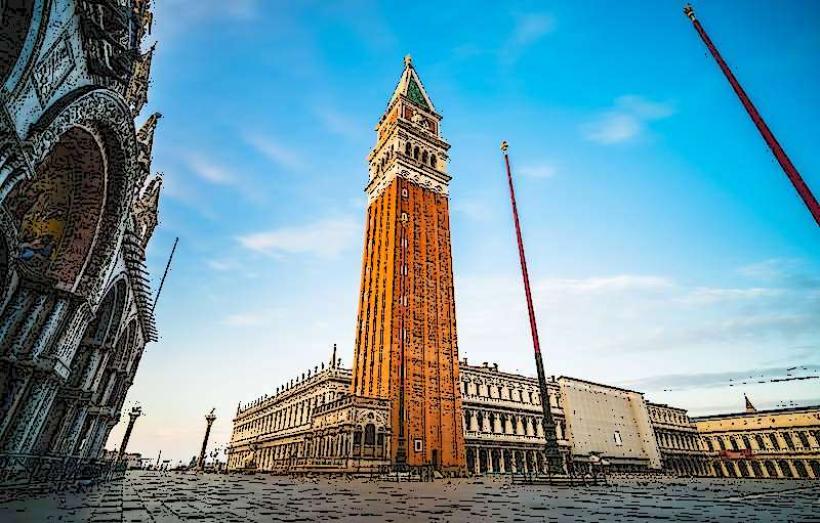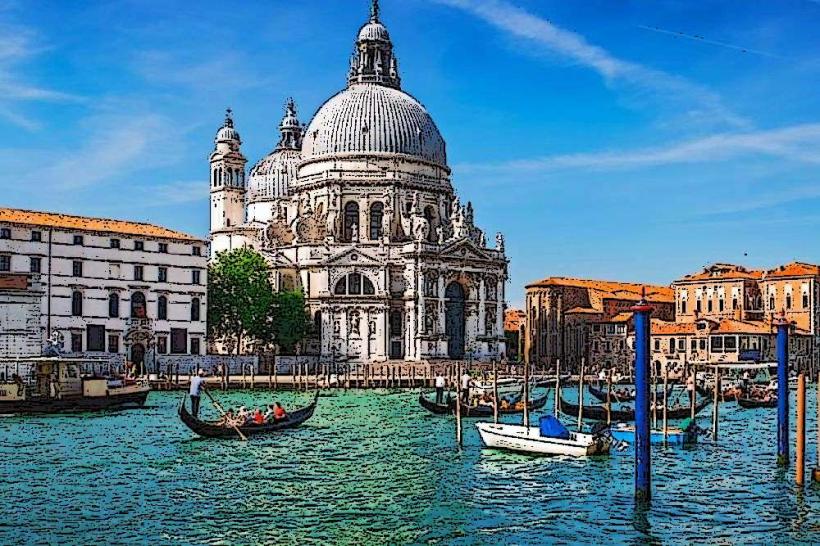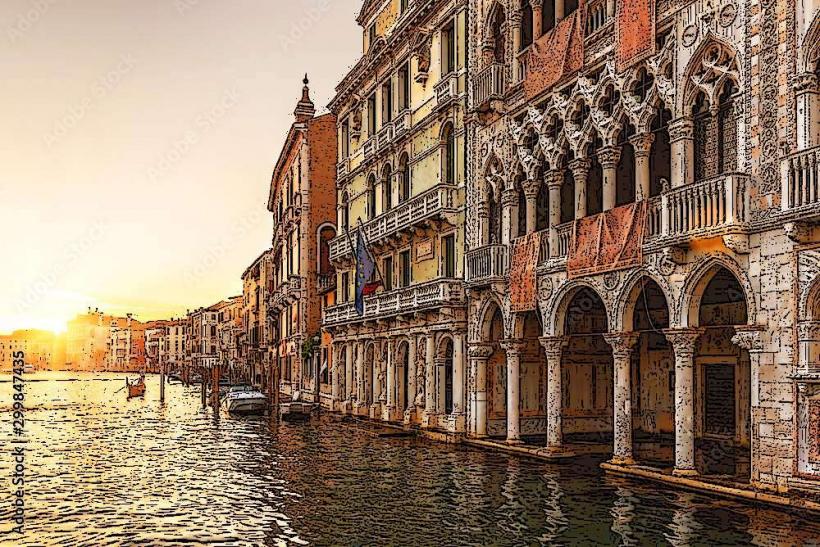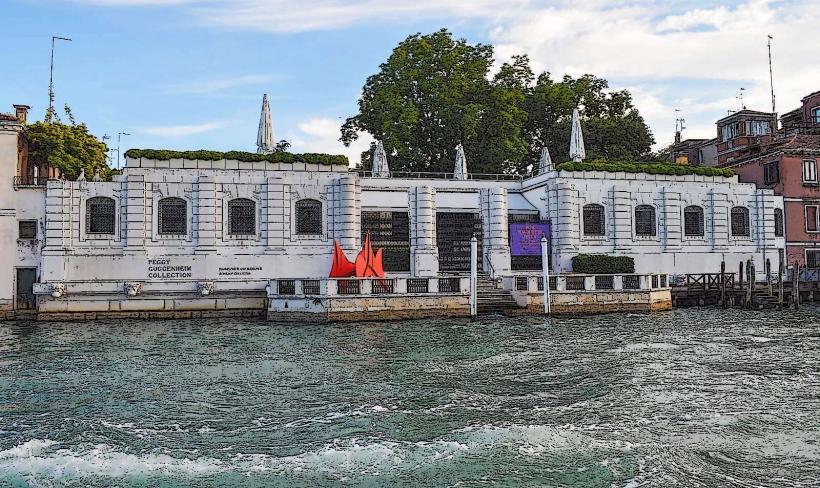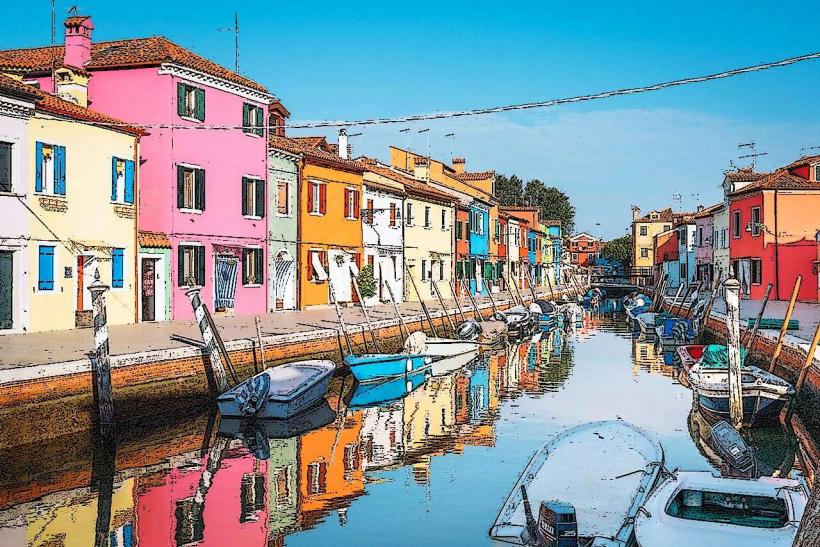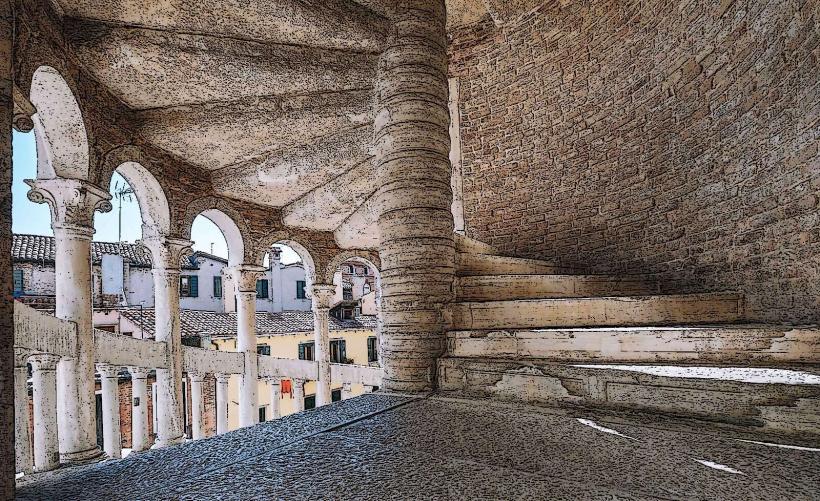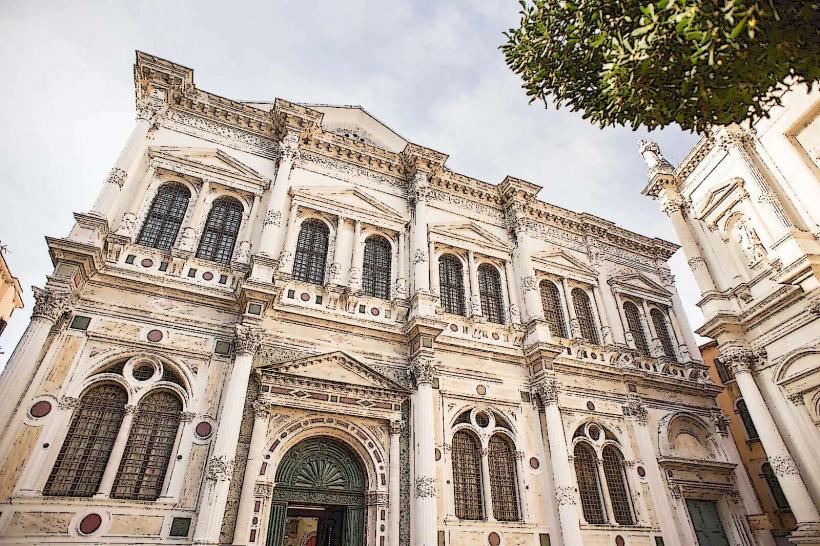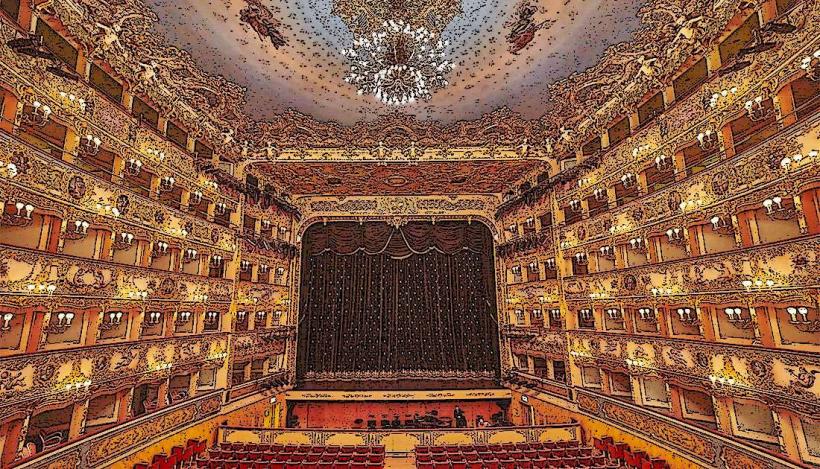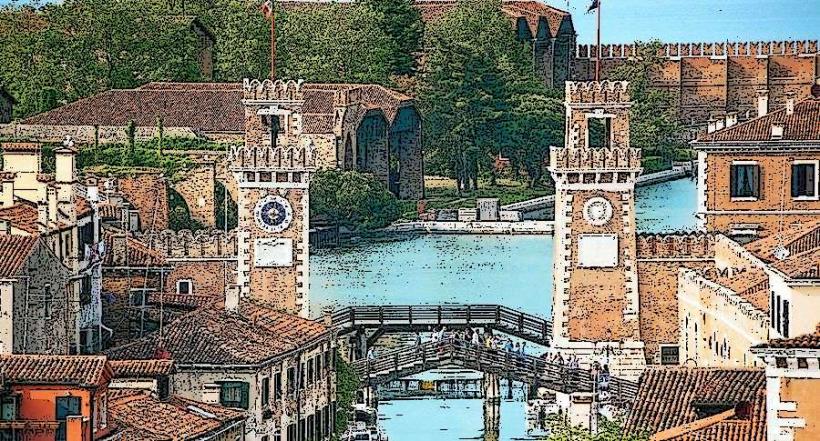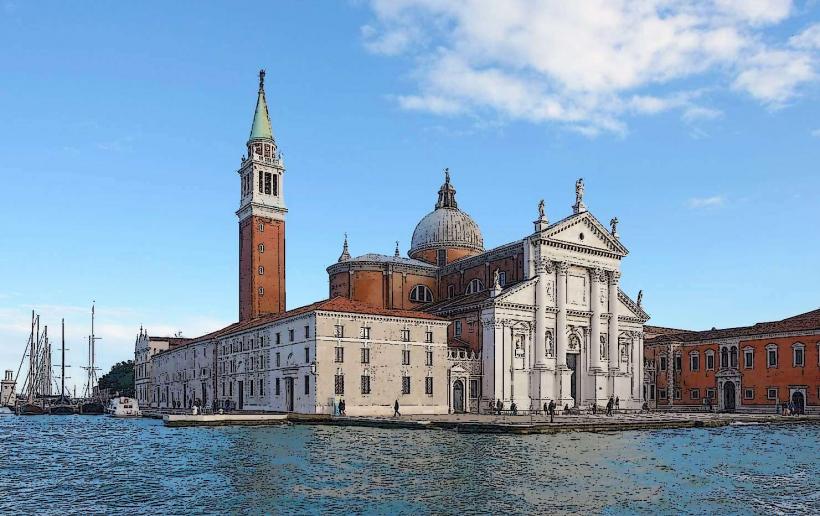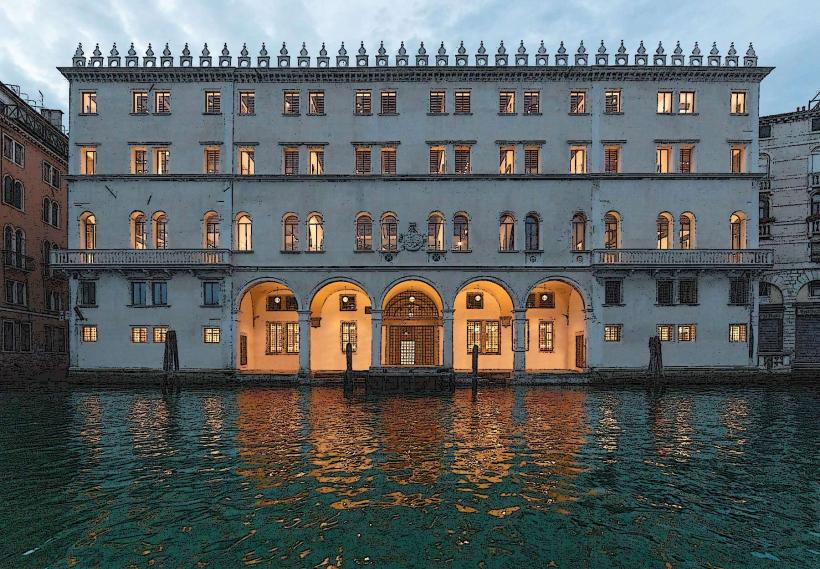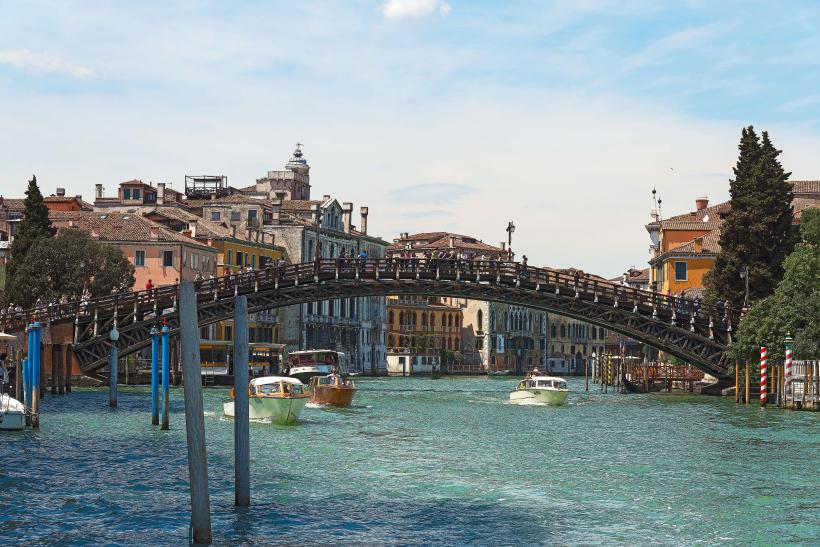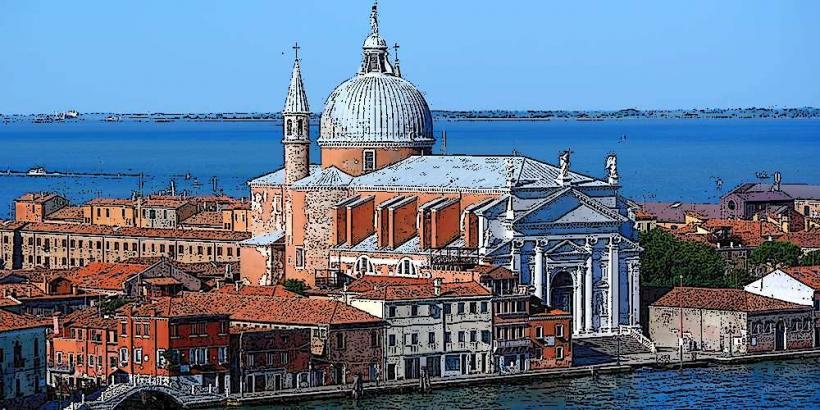Information
Landmark: Murano IslandCity: Venice
Country: Italy
Continent: Europe
Murano Island is a small island in the Venetian Lagoon, located just north of Venice, Italy. It is famous worldwide for its centuries-old tradition of glassmaking and is one of the most iconic places in the region. Known for its vibrant and colorful glassware, Murano has played a significant role in Venice's cultural and artistic heritage.
1. Historical Background
- Glassmaking Tradition: The island of Murano has been at the center of glass production since the 13th century. In 1291, the Venetian Republic ordered that all glassmakers move their furnaces to Murano, likely due to the risk of fires caused by the intense heat of glass furnaces in Venice itself. This relocation helped establish Murano as the global center of glass production.
- Flourishing Trade: Over the centuries, Murano glass became highly prized throughout Europe and beyond. The glassmakers developed unique techniques, such as blown glass, millefiori (flower-patterned glass), and latticino (glass with delicate, twisting threads). The industry flourished, and Murano’s glass became synonymous with luxury, sophistication, and craftsmanship.
- Secrecy and Exclusivity: Glassmaking was a closely guarded secret, and the Murano glassmakers were highly protected by the Venetian government. For centuries, those who learned the craft were forbidden to leave the island, as the Republic wanted to maintain its monopoly on the glass industry. Some families even became so influential that they were granted noble status.
2. Glassmaking Today
- Modern Murano Glass: While the industry has evolved, Murano remains the heart of glassmaking. The island is home to a number of glass factories that still produce high-quality hand-blown glass items, from jewelry and art pieces to chandeliers and decorative objects. Some renowned names in the glass industry, such as Venini, Barovier & Toso, and Paolo Venini, have roots in Murano.
- Glass Museums: Murano is also home to several museums dedicated to the art of glassmaking. The Museo del Vetro (Glass Museum) in Murano showcases the history and evolution of glass production, featuring ancient glass items, tools, and more recent art pieces. Visitors can learn about the history, techniques, and evolution of Murano glass, making it an educational stop on the island.
- Glassmaking Workshops: Many of the factories offer workshops and demonstrations, where visitors can watch skilled artisans create glass objects using traditional techniques. Some even allow visitors to try their hand at glassblowing or purchase one-of-a-kind glass creations directly from the artisans.
3. Attractions on Murano Island
- Museo del Vetro (Glass Museum): The Museo del Vetro is a must-visit for anyone interested in the history of Murano glass. Located in the Palazzo Giustinian, the museum houses glass artifacts from ancient Roman times to the present, with an emphasis on the development of Murano’s glassmaking techniques. The collection includes Egyptian, Roman, and Byzantine glass, as well as works from the Renaissance and Baroque periods.
- Church of Santa Maria e San Donato: One of Murano’s most important religious buildings, the Basilica di Santa Maria e San Donato dates back to the 7th century. The church is famous for its Byzantine mosaics, particularly the mosaic floor in the nave, which depicts scenes of the life of Christ. The church also houses the relics of Saint Donatus, the patron saint of the island.
- Glass Factories: Visiting one of the glass factories on Murano is one of the highlights of the island. Many of these factories offer guided tours where visitors can witness the entire glassmaking process, from the molten glass to the finished product. It’s a great opportunity to learn about the skill and artistry involved in this ancient craft.
- Murano’s Quaint Streets and Canals: Murano’s charming streets and canals are a perfect place to wander, with numerous glass shops offering colorful and intricate glass products, including jewelry, vases, sculptures, and chandeliers. The island has a more relaxed atmosphere compared to the bustling streets of Venice, making it an ideal place to enjoy a quiet stroll.
4. How to Get to Murano
- Water Bus: Murano is easily accessible from Venice by waterbus (vaporetto), with regular services connecting Venice’s city center to the island. The journey across the Grand Canal takes about 15 to 20 minutes, making it a short and scenic trip.
- Private Water Taxi: For a more private experience, visitors can hire a water taxi to take them to Murano, providing a more personalized and comfortable ride.
5. Glass Shopping in Murano
- Murano is world-renowned for its high-quality glassware, and many visitors come to purchase unique glass items. Shops along the island’s canals sell jewelry, decorative objects, chandeliers, and art glass. Prices can vary, with authentic Murano glass being more expensive due to its craftsmanship and exclusivity. It’s important for buyers to look for the Murano Glass certification to ensure the authenticity of the glass they purchase.
6. Famous Murano Glass Techniques
- Millefiori: This technique involves creating glass with intricate patterns by fusing different colored glass canes together, often resembling a flower or star pattern.
- Latticino: Glass made using fine threads of glass, creating a lace-like effect that is often incorporated into vases, bowls, and glass sculptures.
- Sommerso: A method in which a layer of glass is embedded within another layer of glass, creating multi-colored effects that look like a trapped bubble or cloud.
- Filigrana: A delicate technique where fine strands of glass are woven together to create decorative effects, often used for jewelry or small objects.
7. Conclusion
Murano Island is a unique destination in the Venetian Lagoon, rich in history and craftsmanship. Its glassmaking tradition, which dates back centuries, continues to thrive today, making it one of the most important cultural and artistic centers in Venice. Visitors can explore the island’s museums, see glassblowing demonstrations, shop for exquisite glass creations, and experience the tranquility of its canals and streets. Whether you’re a collector, an art lover, or simply curious about this centuries-old tradition, Murano offers a fascinating glimpse into the artistry and innovation of Venetian craftsmanship.

